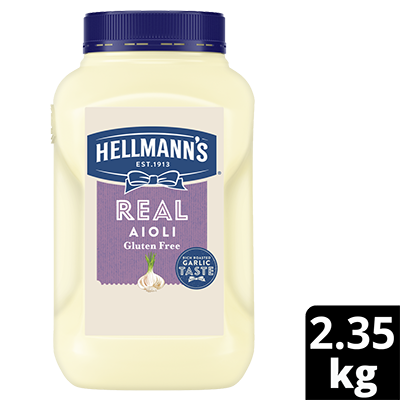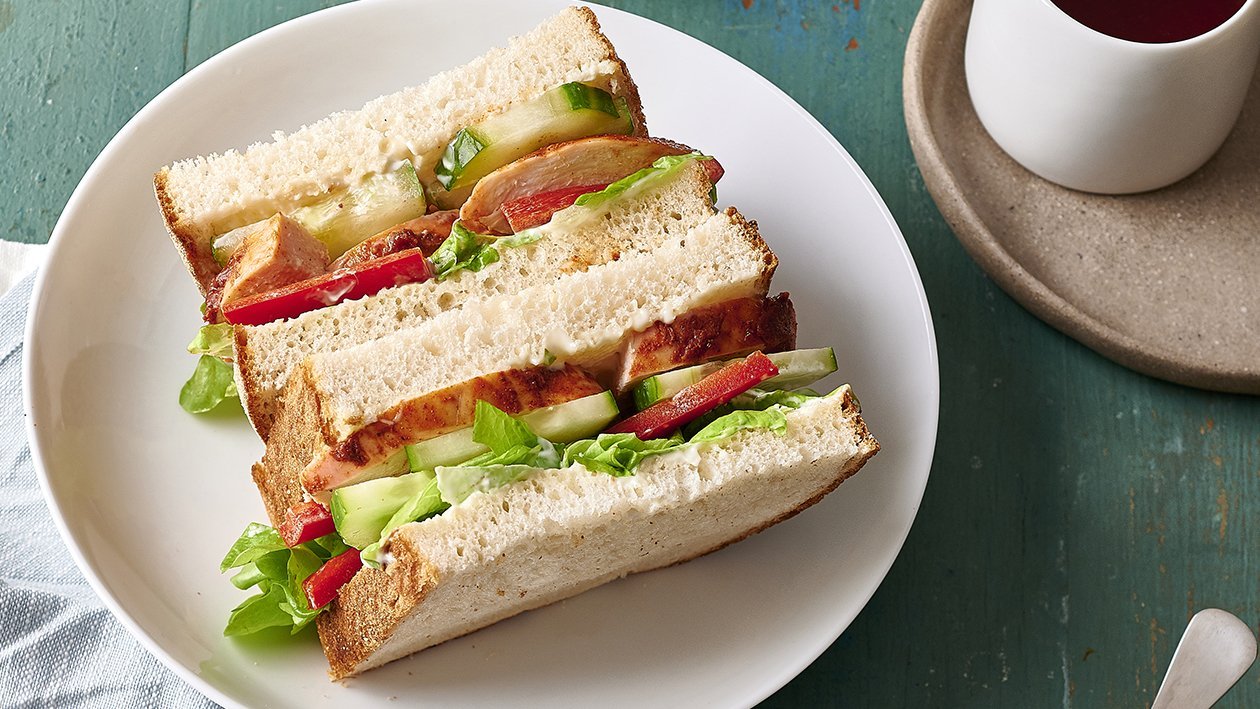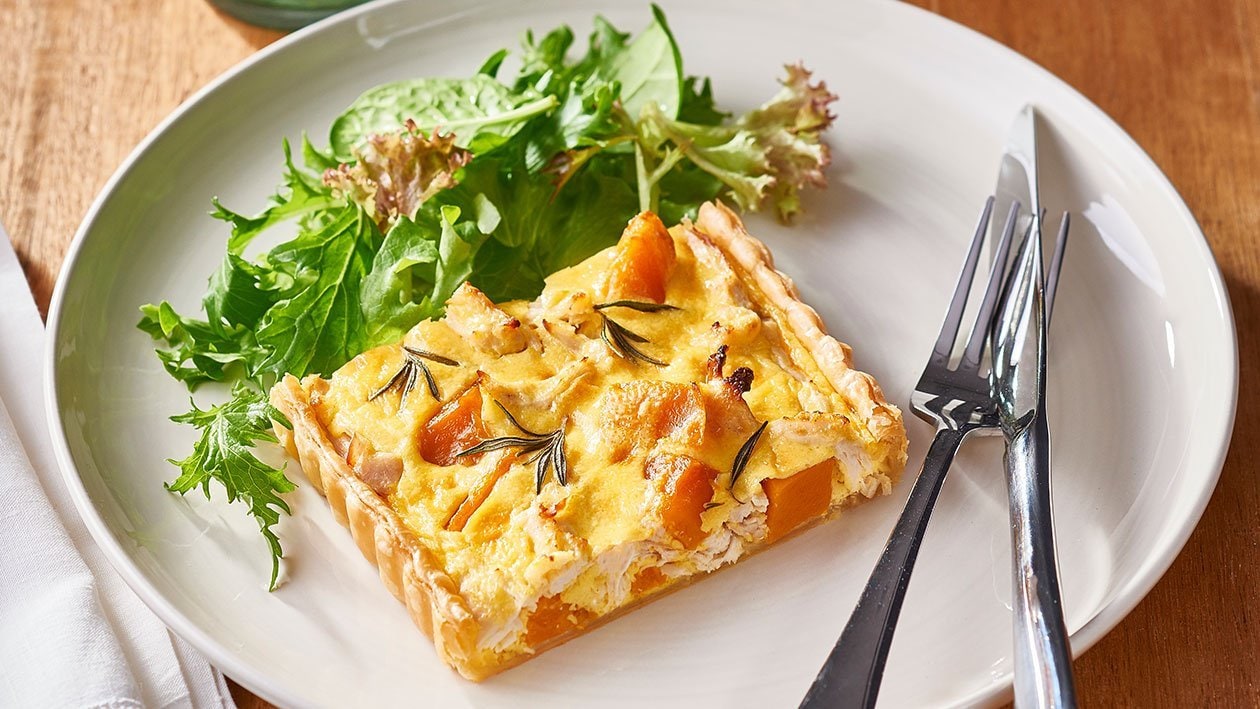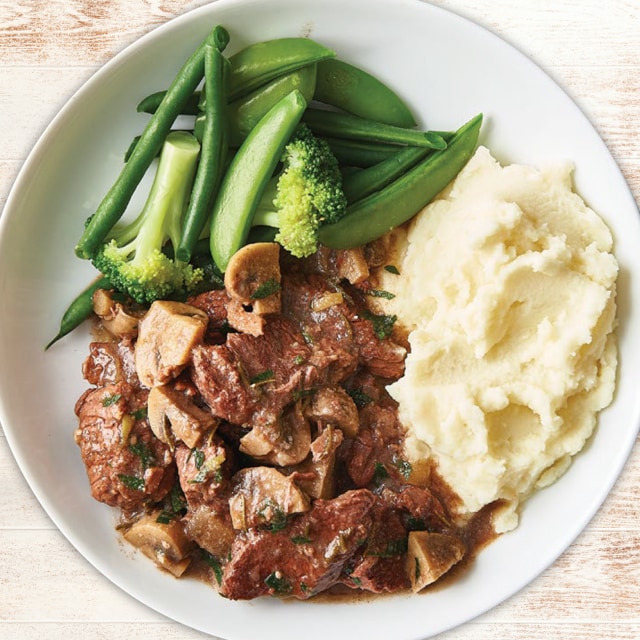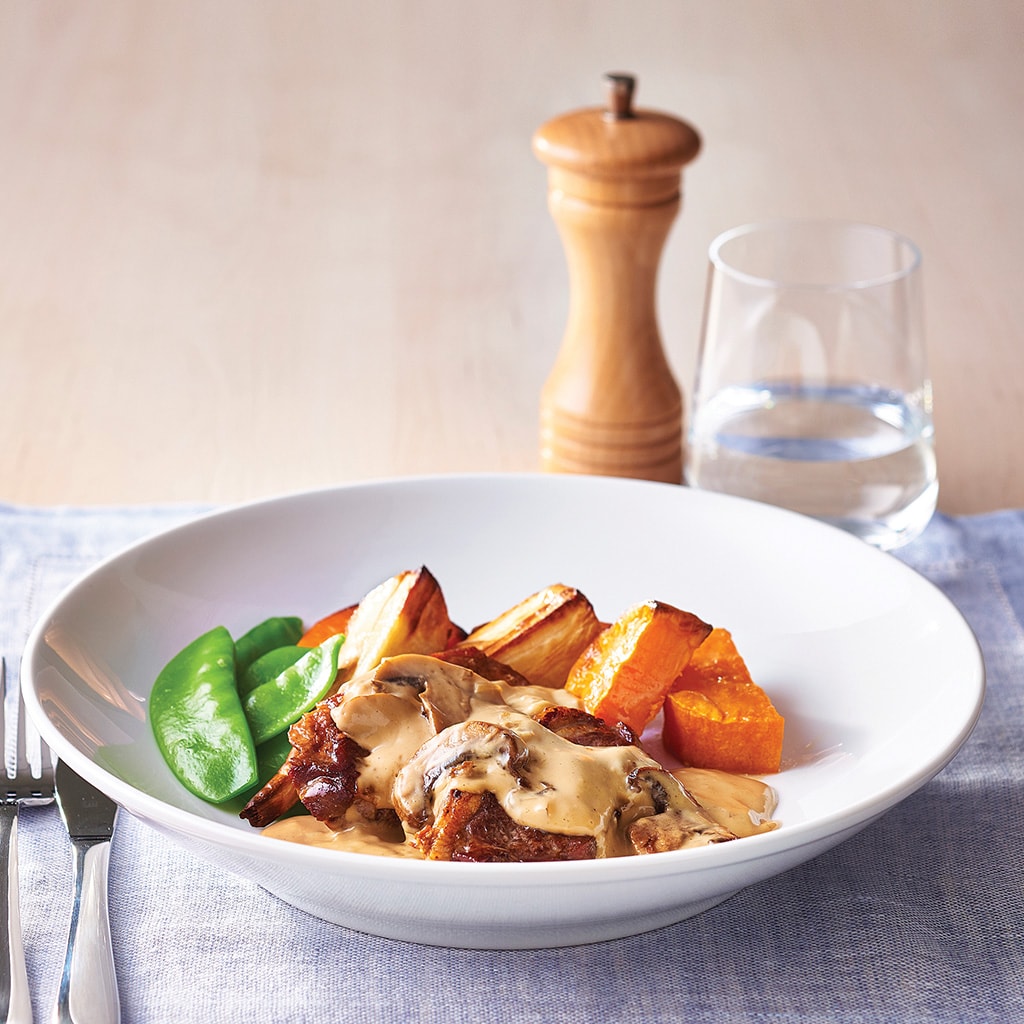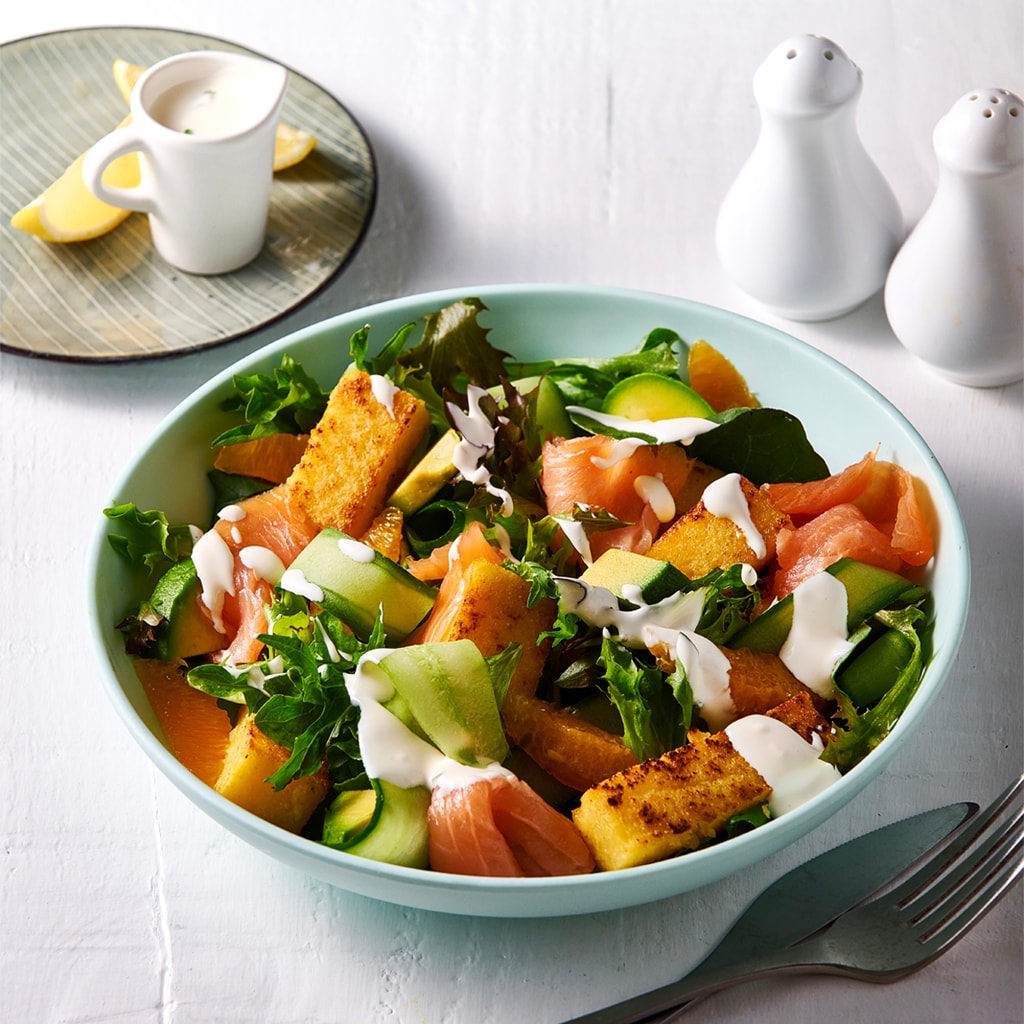Aged Care Re:fresh
Inspiration and resources for aged care
-
![Butter Chicken Sandwich]()
Butter Chicken Sandwich
Add variety to your light meal options with this Indian-inspired sandwich recipe, featuring rich yet mild butter chicken slices...
-
![Pumpkin, Rosemary, Lemon Chicken Quiche]()
Pumpkin, Rosemary, Lemon Chicken Quiche
Residents often prefer a lighter meal for dinner. Quiche is a great option for that. For that full chicken flavour, this recipe...
-
![HELLMANN'S Real Aioli Gluten Free 2.35kg]() Order product
Order productHELLMANN'S Real Aioli Gluten Free 2.35kg
Made with REAL Quality Ingredients.
Order Now